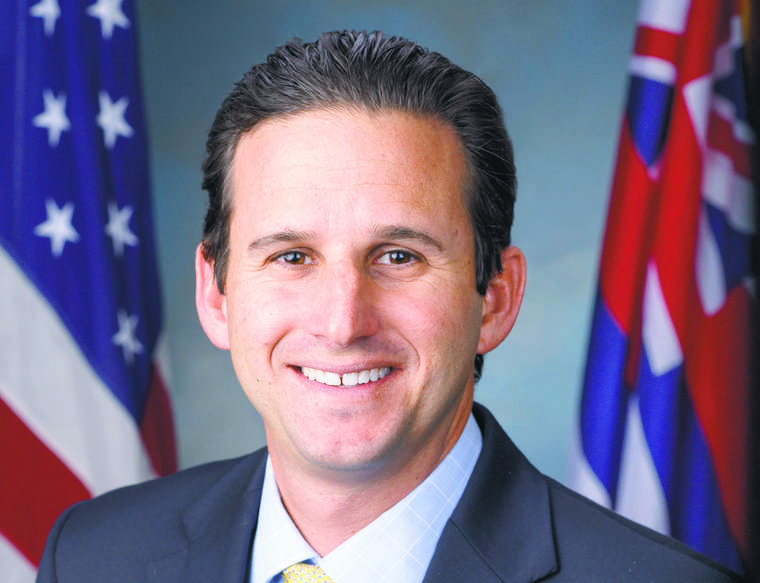HONOLULU — U.S. Sen. Brian Schatz is urging the White House to do more to combat the use of methamphetamine, saying that Hawaii has suffered some of the worst effects of the meth crisis.
Schatz, (D-Hawaii) to the White House Office of National Drug Control Policy (ONDCP) asking that it treat methamphetamine abuse as a priority, and devote more federal resources to the growing epidemic in Hawaii and across the country.
Nationally, the number of meth-related deaths is also increasing at a rapid rate. Data from the Centers for Disease Control and Prevention show meth overdose deaths increased four-fold over five years, from 2,600 deaths in 2012 to 10,300 in 2017.
By comparison, at the onset of the opioid crisis, the number of opioid-related deaths increased four-fold over ten years, according to the Schatz letter.
Schatz cited statistics showing Hawaii has experienced some of the worst effects of meth use. The state had 6.8 meth-related deaths per 100,000 residents in 2016, which is far higher than the national rate of 2.4 deaths per 100,000 people. Meth-related deaths in the islands outpaced opioid-related deaths for each of the past five years, he said.
“Meth misuse and addiction have been consistent problems in my state of Hawaii for decades, but over the past decade, meth-related deaths have risen dramatically, from 37 deaths in 2009 to 147 in 2018,” Schatz wrote. “The number of deaths due to meth overtook the number of both prescription drug-and opioid-related deaths in 2015, and has spiked since then.”
West Virginia and Alaska experienced some of the highest meth-related death rates, including 14 deaths per 100,000 people in West Virginia, and 9 deaths per 100,000 people in Alaska.
The meth problem has been particularly acute for Native Americans and Alaska Natives, groups that had the highest death rate and the largest rate increase, according to Schatz’s letter to Jim Carroll, the director of ONDCP. The director’s position is also known as the federal government’s “drug czar.”
“By specifically targeting the growing problems of meth misuse and addiction, we can effectively prevent them from becoming a more serious crisis,” Schatz wrote. “And for communities, such as Hawaii, that are facing escalating problems of meth misuse, addiction, and death, concerted federal interventions will help to reduce the number of deaths and serious harm from misuse and addiction.”
In his letter to Carroll today, Schatz noted that ONDCP strategy mentions meth as an illegal substance the federal government will interdict, but “this is not enough.”
“As ONDCP, along with your partner federal agencies, responds to the opioid overdose epidemic, it is imperative that you also prioritize efforts to stem and reduce meth misuse, addiction, and deaths,” Schatz wrote.
ONDCP strategy describes prevention as an objective to target risk factors and stop drug misuse before it begins, and Schatz said that approach should be used to specifically address communities in Hawaii and elsewhere that are seeing an uptick in meth misuse and addiction, Schatz wrote.
He also suggested that ONDCP’s Performance Reporting System outline meth-related goals and objectives, such as reducing the rate of past year meth-related deaths and reducing use among the youth population.






